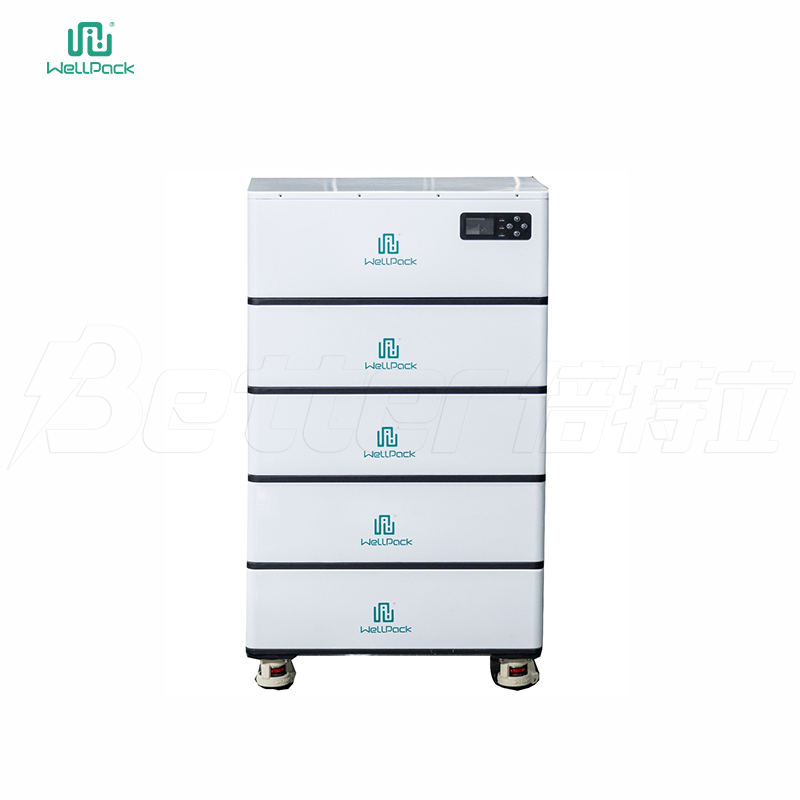The safety of lithium batteries is one of the most concerned issues for power batteries. The safety of the battery has a lot to do with the design and usage conditions of the battery pack. For the battery cell, the safety is not only related to the positive electrode material, but also to the negative electrode, separator and electrolyte.
Thermal runaway process of lithium ion battery:
The thermal runaway of the battery is caused by the fact that the heat generation rate of the battery is much higher than the heat dissipation rate, and a large amount of heat is accumulated and not dissipated in time. In essence, "thermal runaway" is an energy positive feedback cycle process: increasing temperature causes the system to heat up, thus the temperature rises, which in turn makes the system hotter.
Without strict division, battery thermal runaway can be divided into three stages:
Stage 1: The internal thermal runaway stage of the battery
Due to internal short circuit, external heating, or self-heating of the battery itself during high-current charging and discharging, the internal temperature of the battery rises to about 90 °C to 100 °C, and the lithium salt LiPF6 begins to decompose; the chemical activity of the carbon negative electrode in the charged state is very high. Close to metal lithium, the SEI film on the surface decomposes at high temperature, and the lithium ions embedded in graphite will react with the electrolyte and binder, further pushing the battery temperature up to 150°C, and a new violent exothermic reaction occurs at this temperature, for example, a large amount of electrolyte is decomposed to generate PF5, and PF5 further catalyzes the decomposition reaction of organic solvents.
Stage 2: Battery Bulge Stage
When the battery temperature reaches above 200°C, the positive electrode material decomposes, releases a large amount of heat and gas, and continues to heat up. At 250-350°C, the lithium-intercalated negative electrode begins to react with the electrolyte.
Stage 3: Thermal runaway of the battery, explosion failure stage
During the reaction, the positive electrode material in the charged state begins to undergo a violent decomposition reaction, and the electrolyte undergoes a violent oxidation reaction, releasing a large amount of heat, generating high temperature and a large amount of gas, and the battery burns and explodes.










